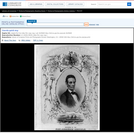An anti-Lincoln satire, showing the Republican incumbent and his supporters menaced by giant "Copperheads" (Peace Democrats). After a speech on May 1, 1863, asserting that the Civil War was being fought to free blacks and enslave whites, not to save the Union, Clement Laird Vallandigham, leader of the "Copperheads," was arrested and tried for treason. He had defied Union general Ambrose E. Burnside's General Order No. 38, that "the habit of declaring sympathies for the enemy [would] no longer be tolerated" and that offenders would be punished by military procedure. Bowing to Vallandigham's widespread public support, Lincoln reduced the severity of his sentence from imprisonment to banishment behind Confederate lines. Here, three huge copperheads pursue Lincoln, who tears a piece of paper "Constitution & the Union as it was." A fourth snake curls around in front of him. The quotation is from a speech given by Vallandigham in May 1862: "To maintain the Constitution as it is and to restore the Union as it was." Lincoln, who is barefoot and in backwoods dress, drops a paper that reads, "New Black Constitution [signed] A. L. & Co." One of the snakes says, "If you cant read that document drop it." Two others hiss, "Hit him again," and "Ah, you cuss. I thought you had a little nigger on the brain." Lincoln calls to two freedmen who follow him, "Go back to your master, dont think you are free because you are emancipated," but they implore, "Fadderrrr Abrum" and "Take us to your Bussum." A minuscule black man who has fallen from inside Lincoln's hat cries, "Ise going back to de sile." At far left Burnside, who holds a flaming torch, is being choked by a snake representing Vallandigham. The significance of the torch is unclear, although it resembles the lanterns of the Wide-Awakes, active in Lincoln's 1860 presidential campaign. Burnside begs, "Oh, dear Clement you are hugging too tight." Vallandigham responds, "Look here if you think to Burn-my Side you will get foiled." Below, a snake eating a black man comments, "I say, Clement, Shriekers go good Down with him." At right a skeleton has just risen from the grave of abolitionist martyr John Brown, whose tombstone is inscribed "Hung in Virginia by Wise [i.e., Virginia governor Henry A. Wise]." On the ground are the words "Removed to No. 7 Hell Gate." The skeleton is exhorted by Satan, ". . . the Devil is to pay come get up and take your share." The skeleton responds, "Sure enough. Come Father let us start for Canada where it is colder." The "What-is-it" of the title refers to a deformed African man recently featured at P. T. Barnum's Museum on Broadway. (See also "An Heir to the Throne, or the Next Republican Candidate.," no. 1860-33.) |Entered . . . 1863 by E.W.T. Nichols . . . Mass.|The Library's impression of the work was deposited for copyright on June 30, 1863.|Title appears as it is written on the item.|Weitenkampf, p. 138.|Forms part of: American cartoon print filing series (Library of Congress)|Published in: American political prints, 1766-1876 / Bernard F. Reilly. Boston : G.K. Hall, 1991, entry 1863-8.

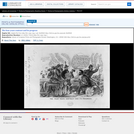
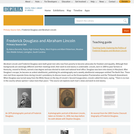

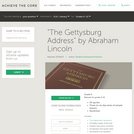
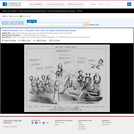
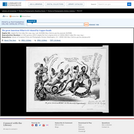



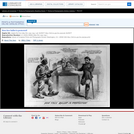
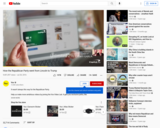
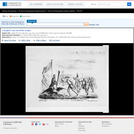
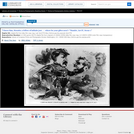
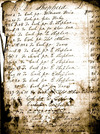

![[Lincoln & Douglas In A Presidential Footrace]. 1860](https://img.oercommons.org/160x134/oercommons/media/upload/materials/screenshots/materials-course-75941.png)

